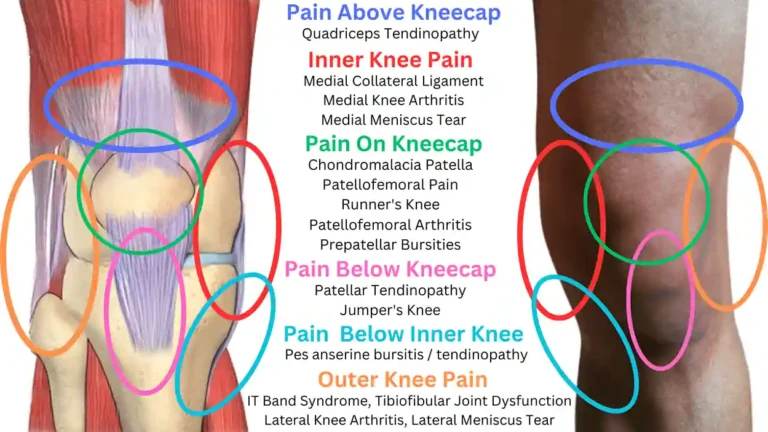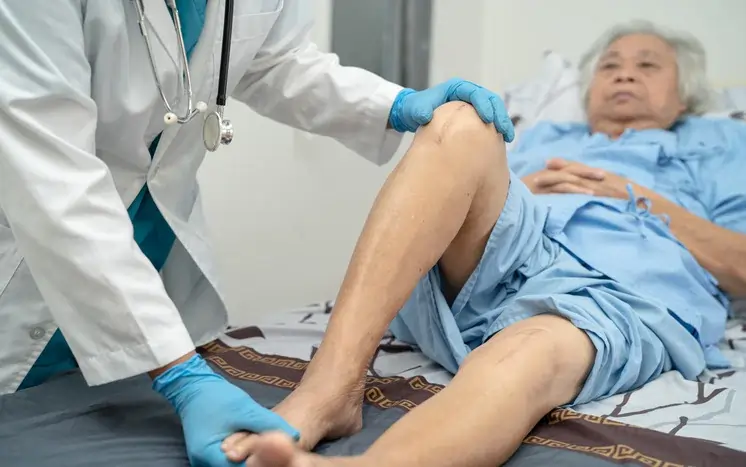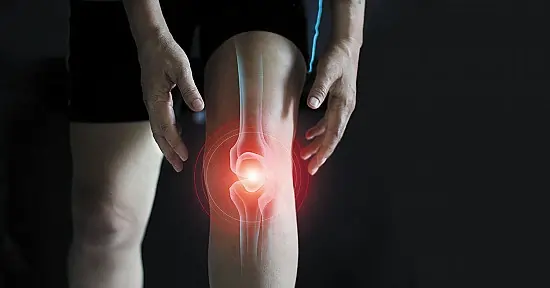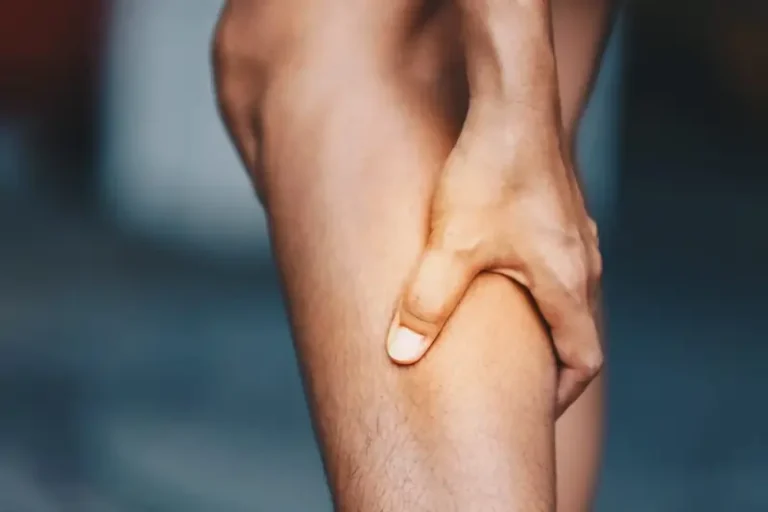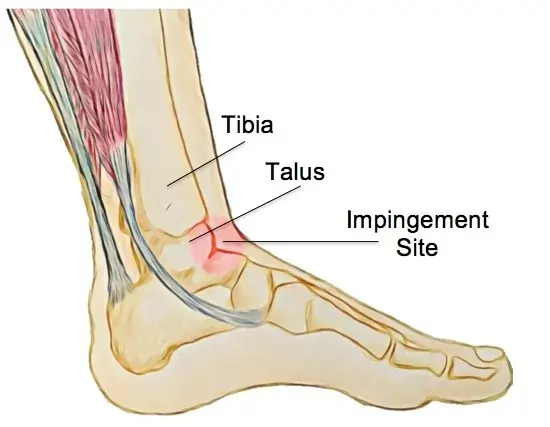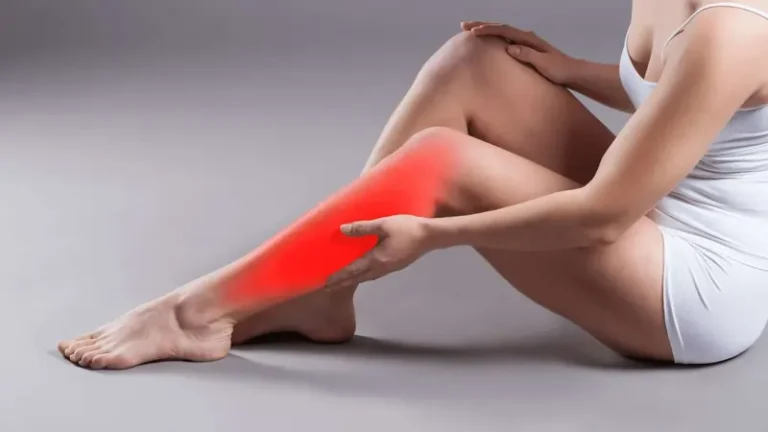Good Mattresses for Back Pain
Introduction For back pain, doctors frequently recommend orthopaedic and memory foam mattresses. It is well known that these mattresses relieve pressure points, guarantee correct spinal alignment, and offer the best possible support for the spine. Selecting a mattress for back problems requires determining a balance between comfort and hardness. When you wake up feeling refreshed,…


